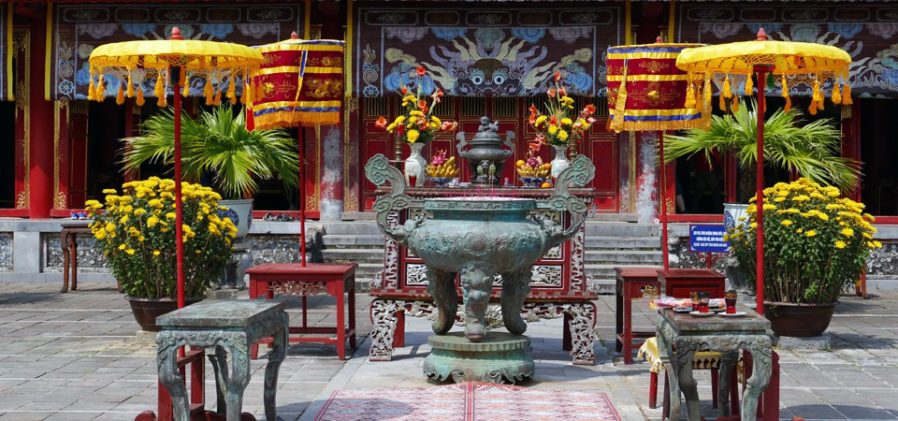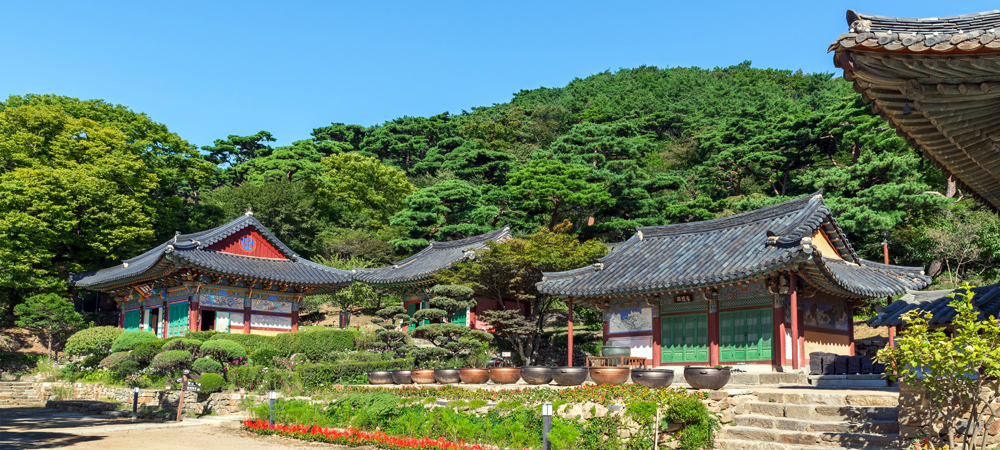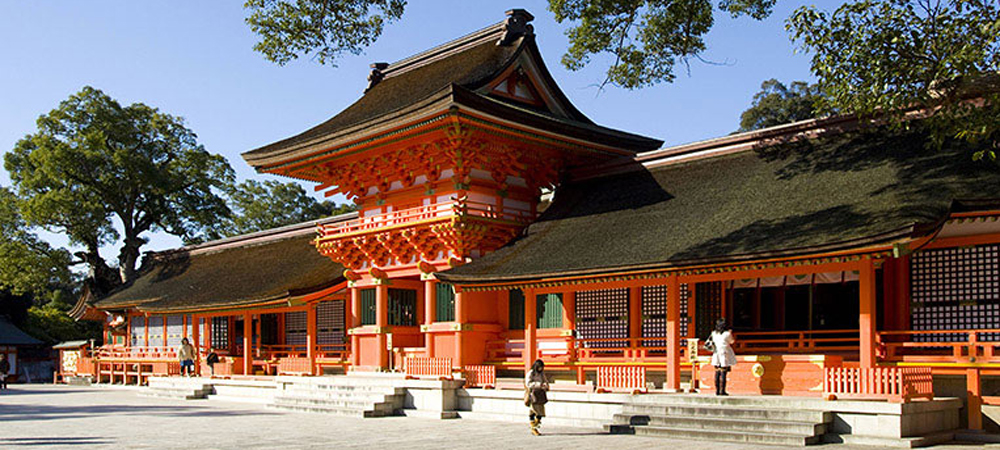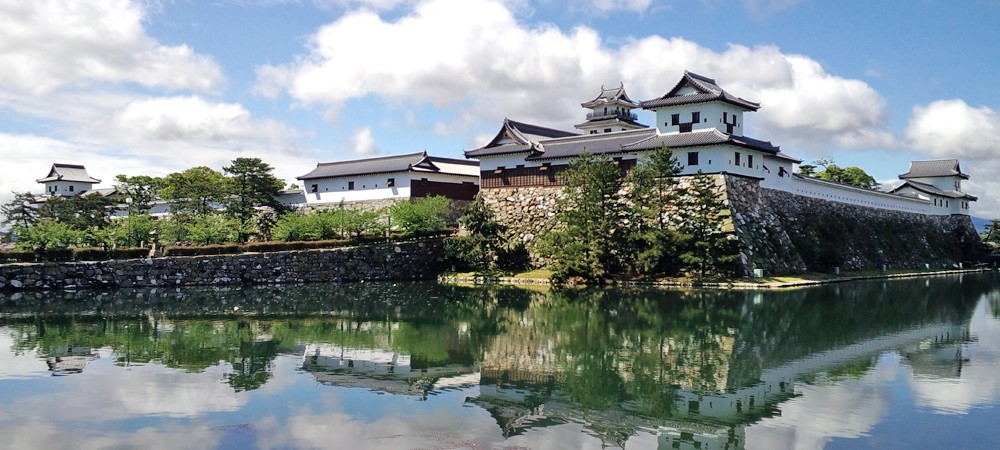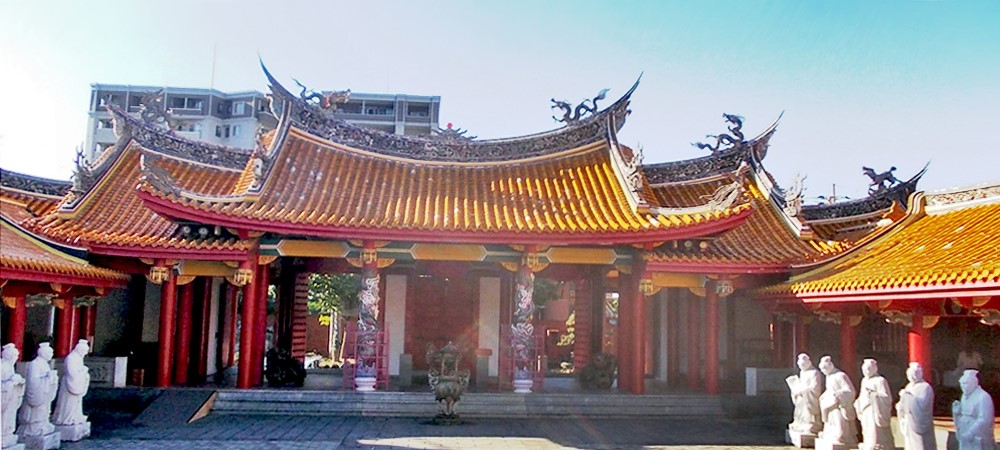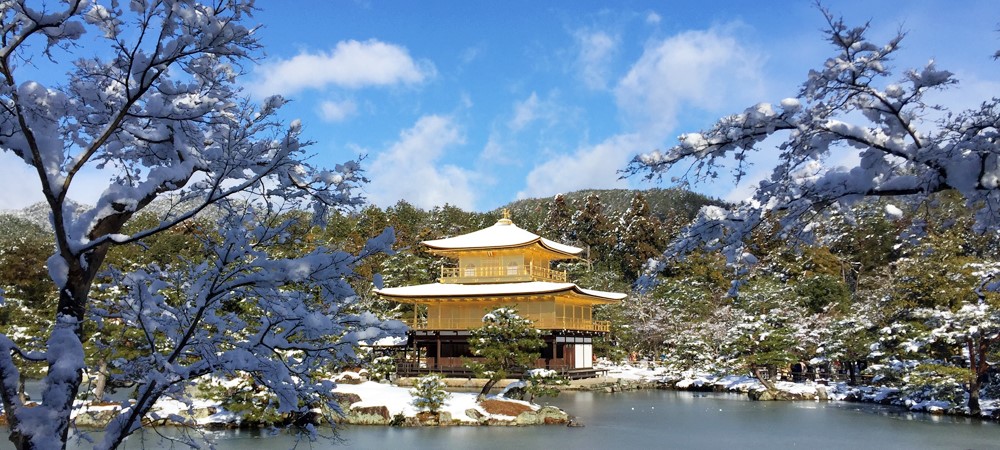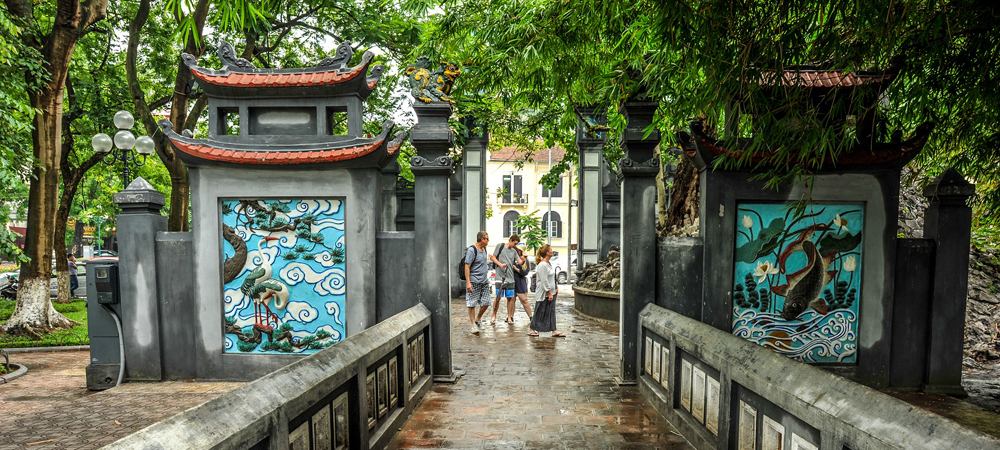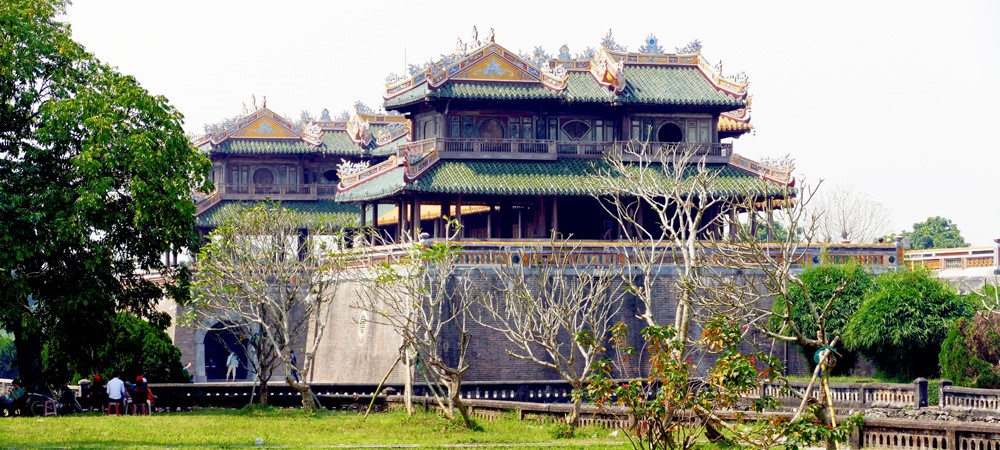Just like how India had huge cultural influences on South-East Asia, the dynasties that ruled over much of what is modern day China had a similar impact on East Asian countries such as Vietnam, Korea and Japan. Within the territory of what marks modern-day China today was a long line of dynastical rulers whose power waxed and waned from around 500 BC onward as they fought each other over the centuries.
Around 600 AD however, many of these warring rulers joined forces and began one of the most important dynasties that would ever rule parts of China – the Tang Dynasty. Under the Tang Dynasty the borders of Ancient China expanded greatly, and eventually included direct control of most modern-day Vietnam as well as the Korean peninsula which was essentially a vassal state that had to pay tribute to the Tang Empire. Although later dynasties such as the Yuan Dynasty in the 13th and 14th centuries encompassed even more territory coming under its direct rule, the Tang dynasty from 618 AD-907 AD is largely considered to be the ‘golden age’ of Ancient China because it was during this period where its culture had a very powerful influence over what is modern day Vietnam, Korea and Japan.
This blog post will give you a taste of what Chinese influences to look out for when you travel with Explorient through these East Asian countries, giving you a greater appreciation of how these fascinating histories and cultures are entwined.
Korea
Throughout the Tang period, the Chinese had several military colonies within the Korean peninsula, which at the time was split into 2 kingdoms called Goguryeo and Sillia. The presence of these military colonies on Korean soil coerced the kingdoms into allying with the Tang dynasty against its foes by providing military and economic assistance, in return for maintaining political independence.
In addition to this, Buddhism was first brought to Korea via China along with Confucianism, a synchronicity that prevails to this day.
However, despite Korea being completely outnumbered militarily by the Chinese dynasties, remarkably it managed to resist the Chinese political systems and its language.
For a start, the Chinese political system was just not practical for a region as small as the Korean peninsula, but Korea also maintained its independence by adopting the Confucianist philosophy into government, which treated China as if it were its older and much bigger brother. This friendly relationship between the 2 cultures based on Confucianist philosophy pleased the Chinese and allowed Korea to maintain much of its independence throughout the centuries.
Finally, Korea adopted a system of writing that was based mostly on syllables named the “Hangul” script, which was adopted in the late 15th century. This syllable-based script made it virtually impossible for Chinese characters to find their way into Korean language, and even today Korean is very distinctive from the Chinese languages.
Although Korea managed to maintain its political independence from China, we can still see numerous Chinese influences in present day Korea. Even the flag of South Korea is based on the “yin-yang” symbol found in the Chinese philosophies of Taoism and Confucianism, and the classic wooden-frame style of architecture is found throughout South Korea, such as on Explorient’s tours to the Gyeongokgung and Changdok Palaces, nestled in the heart of downtown Seoul.
Japan
Japan had a unique set of circumstances that contributed to how much influence Chinese culture had on its own society. There is about 180km of ocean between Japan and the Chinese coastline, which led to Japan being fairly isolated geographically. Also, Japanese culture was always quite suspicious and weary of foreigners.
Japan being a chain of islands made it extremely difficult for any power at the time to mount a successful invasion, and strategically at the time it was just not worth the effort. These factors led to Japan becoming quite isolationist. Very few Chinese (or any other) envoys and diplomats were in Japan and only a trickle of traders or missionaries visited the island. There were a few other cultures that visited Japan, and Japan actually sent out large amounts of envoys and academics to neighboring cultures, China being one of them. So although Japanese culture at that time was certainly isolationist, it was also extremely curious about the world around it. Indeed, this is why Japan sent out so many envoys – they sought to learn and then take the best parts of other cultures and adopt them in their own way.
So China was the main culture that Japan was interested in, being the East Asian superpower at the time. In particular, they were very interested in learning more about Buddhism, since Japanese society at this time had a great interest in philosophy. As Japan learnt more and more about Buddhism from Chinese culture, they eventually took the parts of the religion that could easily merge with their own pre-existing animist beliefs which is today known as “Shinto”. It was the merging of these two belief systems that created “Zen Buddhism”, a unique school of Buddhism that has been increasing in popularity all over the world for decades.
In present day Japan, this merging of Shinto and Buddhism can be seen all over the country at the numerous shrines and temples. The architectural “wooden-frame” style is Chinese in origin, and it is very common to see Buddhist statues alongside Shinto and even Confucian deities.
But aside from these massive religious and philosophical impacts, Chinese philosophical systems such as Confucianism had a major impact on the political systems of Japan and how it was governed. These Confucian-based reforms were known as the “Taika Reforms”, which eventually led to Japan adopting the Imperial system of government pioneered by the Chinese dynasty system. The “Taika Reforms” also led to the Japanese incorporating numerous Chinese characters into their script, because the reforms necessitated the need for written laws and political bureaucracy.
Finally, for an excellent example of Chinese influences on both the architecture and the religious ideas of Japan, an Explorient tour to the infamous Senso-Ji temple is unmissable. Built in the quintessential “Chinese wooden-framed” architectural style, it is also a wonderful representation of how Chinese-flavored Buddhism synergized with Japanese animist beliefs, with its Shinto shrines alongside statutes dedicated to Buddhist Bodhisattvas.
Vietnam
Vietnam is something of an enigma in South-East Asia because rather than being predominantly influenced by Indian culture, it was instead influenced heavily by Chinese culture, especially during the Tang Dynasty. The Chinese dynasties were determined to make Vietnam a vassal state of its wider imperial empire to establish a foothold in South-East Asia but also to gain control of the vast rice production of Vietnam.
For 1000 years from 100 BC to around 900 AD Vietnam was indirectly ruled as a frontier outpost of the numerous Chinese dynasties, but with numerous rebellions in between which meant that Vietnam was never fully absorbed into Chinese civilization. Ultimately Vietnam’s frequent rebellions against Chinese rule during these 1000 years meant that China could never quite establish a foothold and absorb Vietnam fully into its culture.
That said, there were numerous cultural aspects that were adopted during the 1000 years of indirect Chinese rule. Politically, Vietnam – just like Japan – took Chinese Confucian-based forms of government, and subsequently adopted Chinese script. However, during the French colonial period, this script was Latinized and it remains like that today.
Architecturally, the Vietnamese adopted the Chinese “wooden-frame” styles, but they have combined with French Colonial styling to make it somewhat unique. Examples of this fusion of styles can be found on Explorient’s tour of “Meridian Gate” (Ngo Mon) in Imperial City in the town of Hue.
Finally, Vietnam is very different to the rest of South East Asia when it comes to religion and spirituality because it practices Mahayana Buddhism which came via China, as opposed to the other countries who belong to the Thereveda school of Buddhist practice. You will also find that there are exclusively Taoist and Confucian temples all over Vietnam that also originated from China. Indeed, it is not uncommon to find temples that are a mix of them all!
You should now have a taster of how Chinese culture has influenced its neighbors and how these countries have often happily adopted Chinese culture without losing their own traditions and beliefs. In fact, this sharing and intermingling of cultures is a large part of what makes Asia such a diverse and enticing continent.

